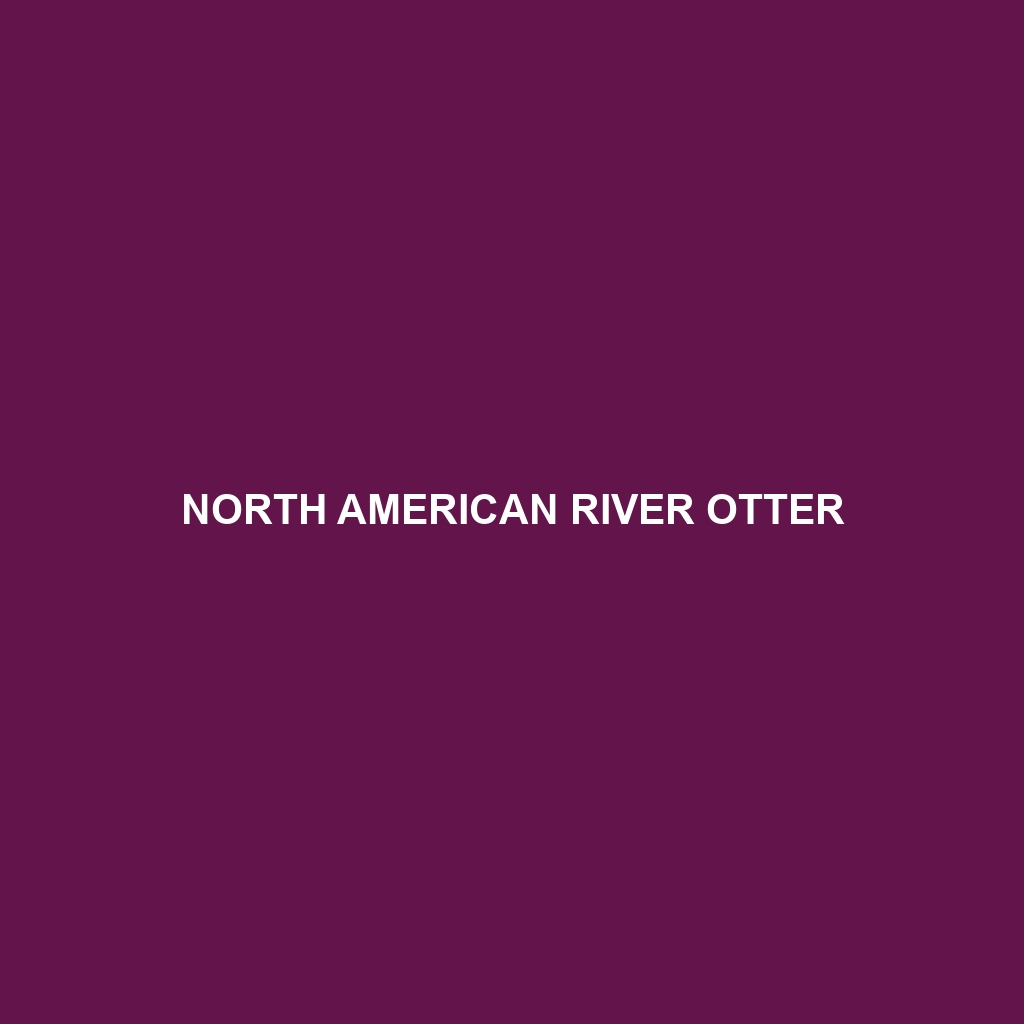Spotted-necked Otter
Common Name: Spotted-necked Otter
Scientific Name:
Habitat
The Spotted-necked Otter is primarily found in various freshwater habitats across sub-Saharan Africa, including rivers, lakes, and wetlands. Geographic locations where they are commonly seen include Angola, Zambia, and the Democratic Republic of the Congo. These otters thrive in well-vegetated areas with abundant aquatic life, making them highly dependent on clean, unpolluted water bodies.
Physical Characteristics
This remarkable species typically measures between 0.8 to 1 meter in length and weighs around 10 to 14 kg. They possess a sleek, streamlined body with a distinctive spotted pattern on their necks which differentiates them from other otter species. Their fur is thick and waterproof, generally appearing brown or gray, with the characteristic spots being lighter or cream-colored, providing excellent camouflage in their habitats.
Behavior
Spotted-necked Otters are known for their playful and social behaviors. They are often seen foraging in groups, which can enhance their hunting success. These otters are diurnal, meaning they are active during the day, primarily engaging in activities such as swimming, diving, and playing during the daylight hours. They are also territorial and used scent marking to communicate with other otters.
Diet
The diet of the Spotted-necked Otter primarily consists of fish, crustaceans, and amphibians. They are proficient hunters, often using their keen sense of hearing and sight to locate prey underwater. Their feeding habits play a crucial role in the ecosystem by promoting healthy fish populations and contributing to the balance of aquatic life.
Reproduction
Spotted-necked Otters typically breed once a year, with a mating season that varies by region but often coincides with the rainy season. The female usually gives birth to 2-4 pups after a gestation period of about 60 to 70 days. Notable behaviors include communal caring of the young, where family members assist in grooming and protecting the pups until they are ready to venture out and hunt on their own.
Conservation Status
According to the IUCN Red List, the Spotted-necked Otter is currently listed as Vulnerable due to habitat loss, pollution, and hunting pressures. Conservation efforts are critical to protect their habitats and ensure the survival of this unique species.
Interesting Facts
One fascinating aspect of the Spotted-necked Otter is their unique vocalizations, which include various sounds such as whistles and growls. They are also known for their incredible swimming skills, being capable of diving to depths of 30 meters in search of food.
Role in Ecosystem
The Spotted-necked Otter plays a vital role in maintaining the balance of freshwater ecosystems. By preying on fish and other aquatic organisms, they help regulate populations and ensure a diverse aquatic habitat. Their presence indicates a healthy ecosystem and contributes to the overall biodiversity of their environment.
